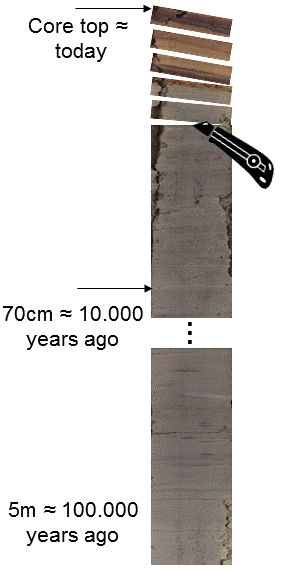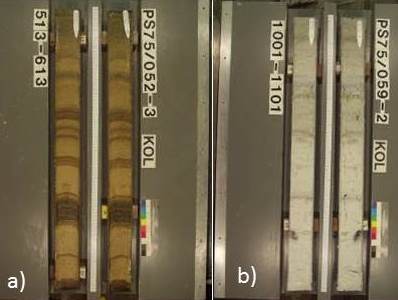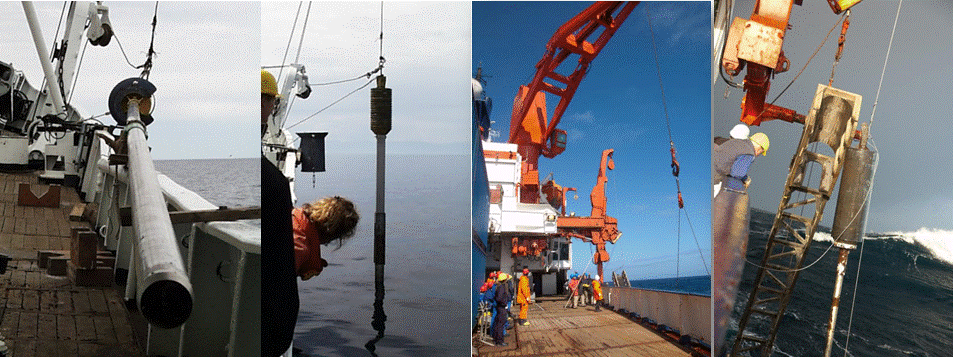Earth Sciences
Marine and Environmental Geochemistry
Marine Geochemistry
Marine Geochemistry studies all processes that influence the chemistry in the water. The chemical cycles in the oceans are closely related to processes in the atmosphere and terrestrial systems as well as to biological, and recently anthropogenic, activity. Marine Geochemistry also studies the sediments, including the pore waters as well as the abiotic and biotic processes that take place within the sediment. Currently our research at Stellenbosch University focuses on macro-nutrient (e.g., N, P, Si) and trace metal cycling in the modern ocean (e.g., Fe, Mg, Zn, Cd, Co, Cu), interactions with biological organisms (especially with microbes and algae), and impact of atmospheric deposition (dust). We currently focus on the Atlantic sector of the Southern/Antarctic Ocean and the west coast of southern Africa.
contact(s):
Prof. Roychoudhury (send e-mail) or
Dr. Susanne Fietz (send e-mail)
facebook:
Environmental Geochemistry at Stellenbosch University
Blog:
https://southernoceanfe.wordpress.com
Geochemical proxies for paleo-climate reconstructions
Climate and the environment are ever-changing, driving human activity in the past and being altered by human behaviour in the present and future. Understanding the past is crucial for predicting future climate scenarios. Instrumental analysis is limited to a few centuries, but sediments, peats and speleothems offer a window into the climate of the past. There is no means of directly measuring the past air or water temperature, or soil pH, or ocean acidity etc. The reconstructions are thus based on microfossils, isotopes, and biomarkers preserved over millions of years. At Stellenbosch University, Earth Sciences, we mainly focus on molecular biomarkers, organic compounds derived from microbes that provide clues about regional temperature variability, environmental forcings (e.g., dust deposition) and ecosystem functioning (e.g., algal and microbial community).
contact(s): Prof. Roychoudhury (send e-mail) or Dr. Susanne Fietz (send e-mail)
facebook:
Environmental Geochemistry at Stellenbosch University

|
(left) A sediment core is just like a history book. Cutting section by section, it provides clues to the past that we can use to understand the present and project the future.
(right) Examples of sediment core sections from the Pacific Southern Ocean: a) laminated diatom ooze, b) Nannofosil ooze |
 |

(above) coring long piston cores in a lake and at sea

